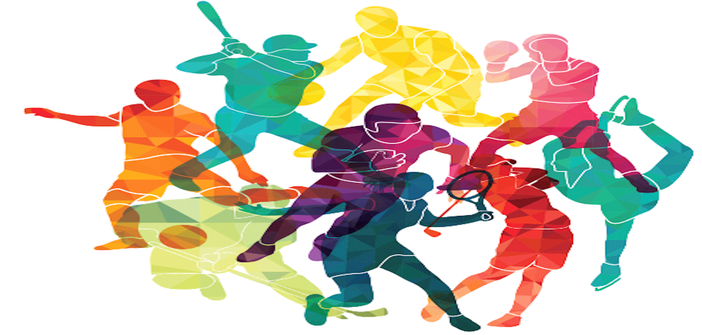In the field of sports, the European Union only has supporting powers. This means that member states largely retain control in defining their priorities and implementing their policies.
European sports policy initially comes from the Council of Europe. In 1967, the institution first issued a resolution inviting member states to adopt regulations against doping. Then in 1985, a European convention on violence and spectator disorder at sporting events was adopted. This text was developed following the tragedy at the Heysel Stadium in Brussels, which hosted the European Cup Winners’ Cup final, the predecessor of the current Champions League. The match, won by Juventus of Turin against Liverpool (1-0), was marred by clashes between supporters, a significant crowd movement causing the collapse of a stand. The toll: 39 dead and 450 injured.
At a strictly European Union level, the first initiatives in the field of sports date back to 1974, with a decision by the European Court of Justice defining sports as falling under community competencies. In 1991, a European Sports Forum was then held, and in 1997, with the Treaty of Amsterdam, the “social importance of sport” was recognized, particularly its role as a “catalyst for identity and a bond between people.” Since then, the EU has multiplied initiatives around the economic role of sport and its importance for health, education, social integration, and culture. Finally, since 2014, the European Week of Sport has taken place annually, aiming to promote the role of physical activity in society and the daily lives of Europeans.
Two work plans for sports were then set by decisions of the European Council for the periods 2014-2017 and 2017-2020. Both define the same priorities: to oversee the economic growth of sport to limit its abuses (corruption, doping, non-compliance with labor law) and to develop its societal dimension (education, training, social bond, health). Financially, this strategy is funded through the Erasmus + program, which allocates 1.8% of its budget to sport for the 2014-2020 period. Sport is therefore a cross-cutting policy, allowing for the construction of programs in all areas, from economic development to the social integration of migrants in Europe (for example, through the social inclusion project via volunteering in sports clubs).


